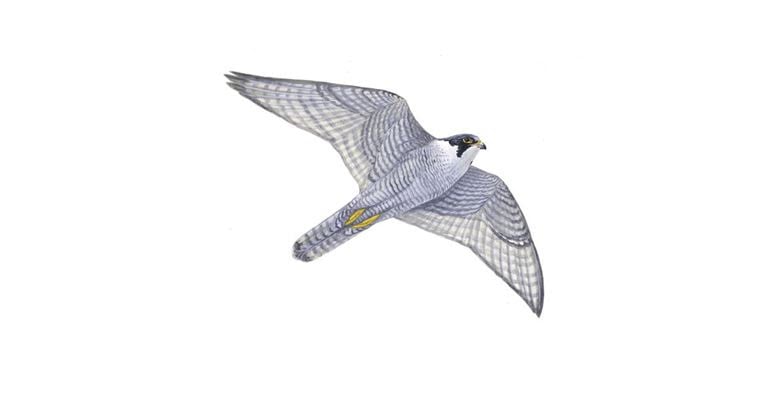
Peregrine
Has anyone else got really into bird watching lately? If not, then take this as your cue to start. Now, this doesn’t mean a full lifestyle, hobby and specialist-interest-for-mastermind change. You do not have to don some jaunty beige ensemble, hide in the shrubs with an enormous pair of binoculars and a lot of dedicated time. If, however, you are one of life’s twitchers, that’s great, and we thank you for your invaluable contribution to the recording of wildlife. My bird watching is of a more informal approach. Since the global pandemic swept in with it’s rolling waves of lockdowns and lifestyle shifts, many of us and our partners are working from home. Instead of basking under the glaring lights of an office kitchen to grab your cup of tea, mine now involves walking past the kitchen window and gazing out into the garden as the kettle hums and boils.

Waxwing
Just as the garden flowers have popped-up, blossomed, burst, scattered and fallen away; the birds have come and gone. They dip, swoop, peck and pluck in brief and ever evolving varieties. Growing-up, I found myself observing the change in seasons through very simple signals. Daffodils bouncing up with the inevitable accompanying, “well they’re very early this year”. Humble primroses painting the hedgerows, but only after the snowdrops have gracefully swept their course. The jolly little robin hopping about with his festive redbreast meant Winter was here. Most birds, of course, flew south for the Winter. The nights would draw in, and the birds would leap to the skies and sweep away, chasing the sun. We would feel the warmth of a returning summer, just as flocks of swallows reappeared in their murmurations. But, like different flowers and shoots that bloom in each season, the British garden and wild birds are as varied and as beautiful. To stop and stare for just a moment, a minute, the switch and flick of the kettle, is enough to catch a glimpse of something fleeting, beautiful and brilliant.
Did you know that Dorset Adventure Park isn’t just a water park right next to Corfe Castle, but that both of these locations are at the centre of some spectacular wildlife spots? Dorset and particularly the Isle of Purbeck is not only an AONB (Area of Outstanding Natural Beauty) but an area famed for its incredible wildlife spotting opportunities. The Isle of Purbeck is in fact visited by 90% of UK birds. The RSPB (Royal Society for the Protection of Birds) even says, “Purbeck is one of the richest places for wildlife in the UK. This is thanks to its unique combination of open coast, natural harbour, heathland, chalk and limestone habitats.” There are few places in the UK that provide such a rich tapestry of land types and sea, which provides homes, hideaways and a place for migrating visitors.

Male Pheasant
This Corfe waterpark not only welcomes tourists each season, but hosts an array of other visitors. Whereas one set will bounce across the wibits on the lakes and dive into its depths during the summer months, the others will wait for Winter. When the gates close to the other visitors, these ones will dart across the waters and roost. As nearby walks will attest, Winter is marked by the call of pheasants. Their colours launch in the air like a flag flying for autumn. Woodpeckers have been amongst my favourite to spot. Until I locked down in Dorset, I had never seen a wild woodpecker. Walk around Corfe, Studland, the woodland and heath of Purbeck and you will be rewarded with the distinct hammering peck and peaks of the woodpecker.
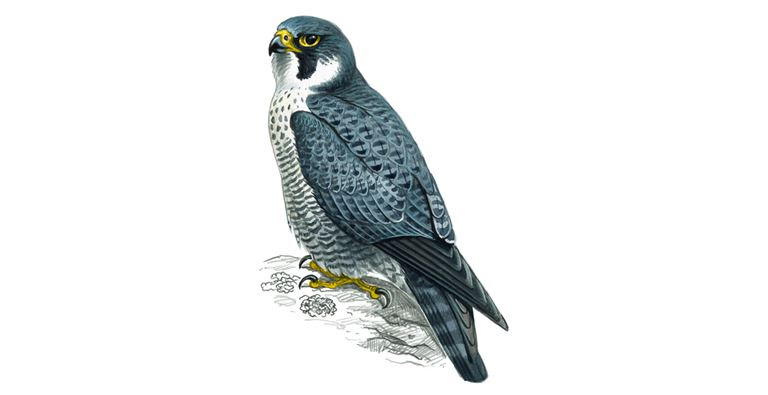
The Peregrine falcon
The Isle of Purbeck was offered a rare gift during lockdown. Corfe Castle, which overlooks the adventure park, welcomed their own guests whilst the doors were closed to their normal visitors. A mating pair of the almost mythical, rare and remarkable peregrine falcons, chose Corfe castle to roost and raise their young. Three peregrine chicks hatched in the ruins of the 12th century fort. The rare feat of raptors roosting at Corfe Castle, occurred for the first time since the 1980’s. Happily, the pair and their young remained even when the castle re-opened its gates to visitors once more.
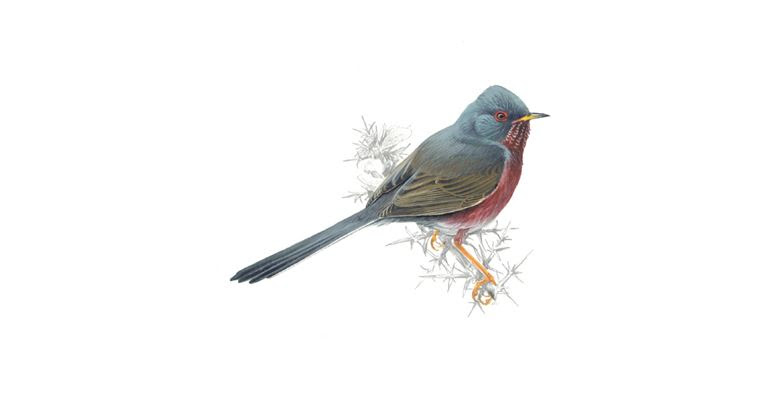
Dartford warbler
If you walked across the heathland this winter and were greeted with the gorgeously tremulous warble of birdsong, it was most likely the Dartford warblers. No, the Dartford Warblers are not an acapella group of retired gentlemen in snazzy jackets but rather an adorable, tiny and tufty little bird. They are the only ‘warbler’ birds who will remain over winter. Spot their ruffled grey coat and burnt-copper chest and listen to their trill among the ever blooming gorse and scrubs of scented wild heather. If from October to March you glance into the trees, you may spot one of the beautiful Waxwings. With their smooth pinky-grey plumage, distinctive orange Mohawk and black markings, they become easy to spot. Known to be ‘talkative’ they tinkle in the trees as they look for berries to gobble.
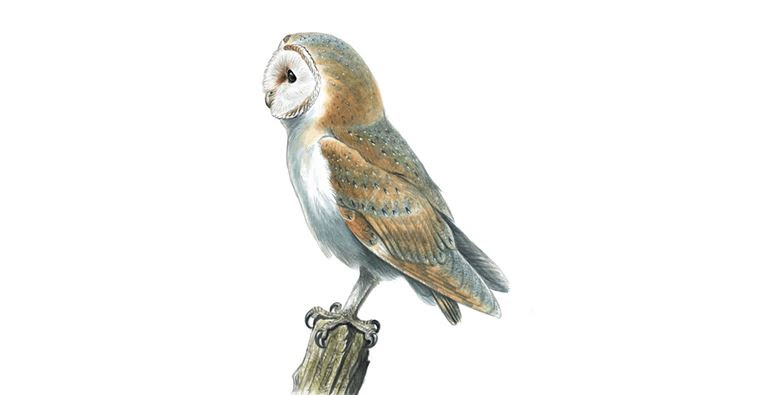
Barn Owl
Have you stayed up at night to listen out and spot another Dorset local, the Barn and Tawny Owl? Their pillowing, heart shaped faces and soulful eyes and eerie revolving heads make these creatures seem almost otherworldly. The amazing organisation, Birds of Poole Harbour, have been recording the nocturnal activities and migrating flight paths of not just the Barn and Tawny owl but many other birds. They even managed to work with the National Trust team at Corfe castle who have granted the organisation permission to record within the castle walls at night. Their research is already suggesting that this particular part of the world marks a specific migration route for thousands and thousands of birds, who have been secretly travelling through the night sky, passing directly above Dorset Adventure Park and over Corfe Castle. I was also completely unaware that, “each October and November, vast numbers (thousands) of Redwing, Song Thrush, Blackbird and Fieldfare are passing over Poole Old Town during the dead of night.” Even in areas we think we know so well, there are mysteries unfolding above us, spreading their wings, ruffling their feathers and inviting us to do the same.
Return with the Swallows and House Martins, back to Dorset Adventure Park this Summer. Swoop and dive into the cool blue waters. Hunt each other like great birds of prey as you charge through the mud trail, painting yourself as murky brown as the great Buzzards and Hawk. Sit on the benches and watch as your children jump and play like the little humble, hopping Thrush and Wren. When, at the end of the day and all seems quiet and still, don’t forget to look up into the night sky, shut your eyes, take a breath and listen. You might catch a beat of a wing and the nocturnal birdsong of the stars. Hopefully not just the “pffft pffft pffft’ of a summer bat flying a bit too close to your head.
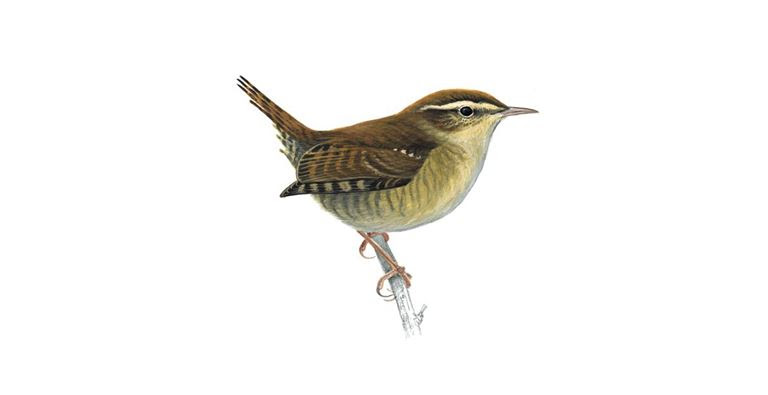
Wren
Words by Olivia Lowry & Images from the RSPB








